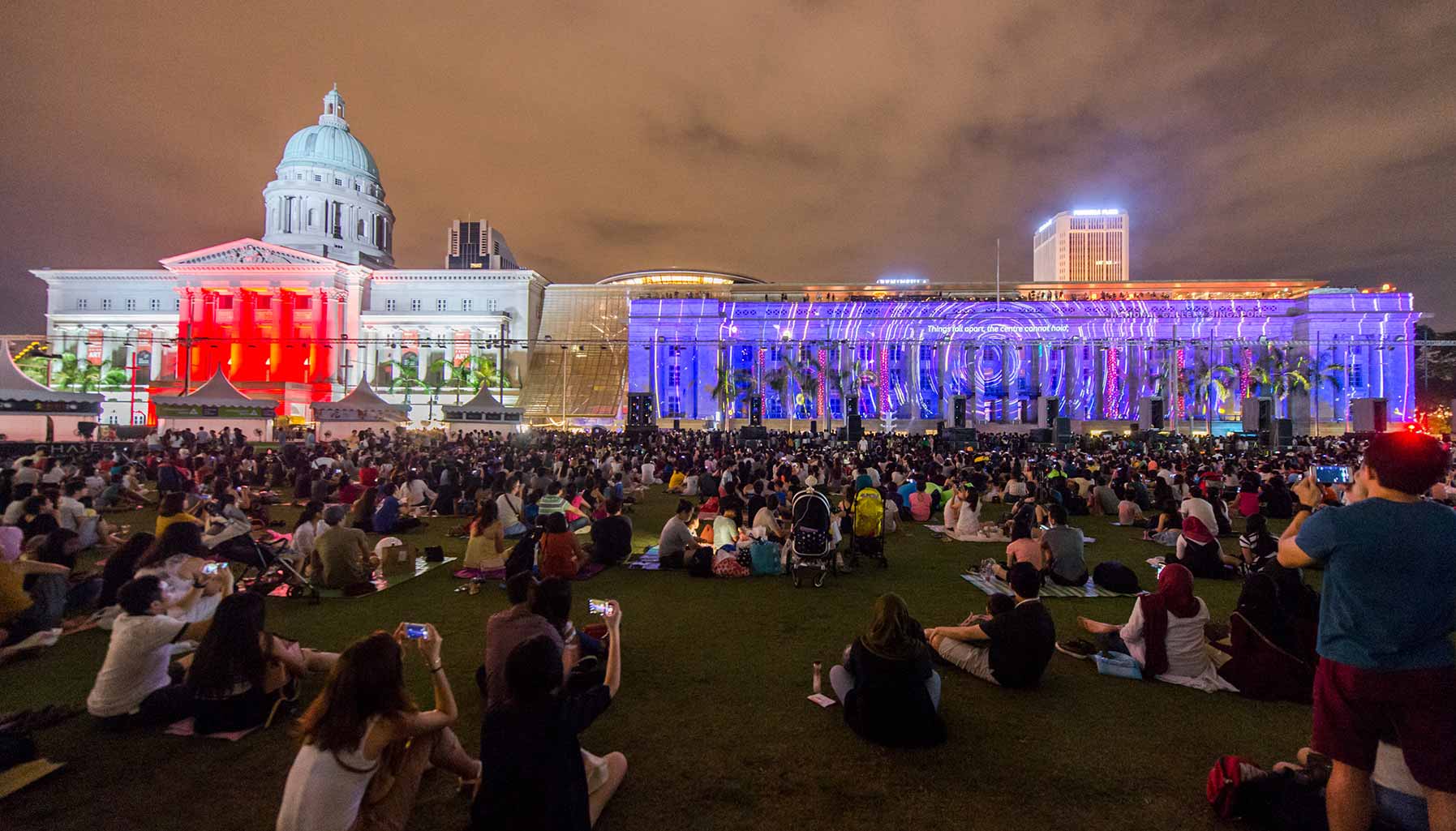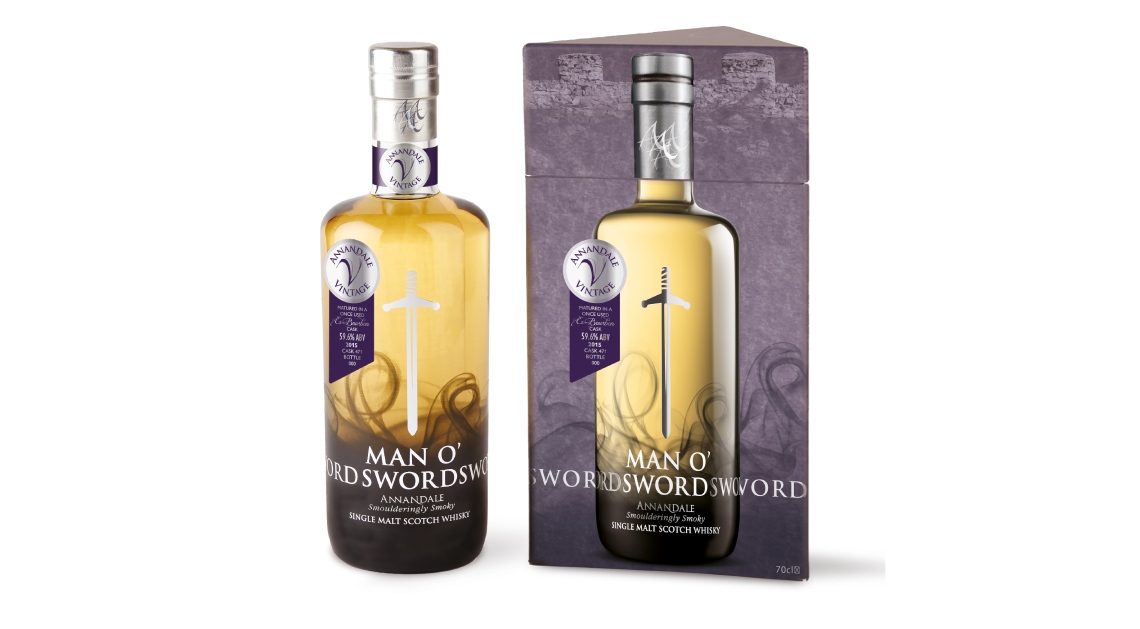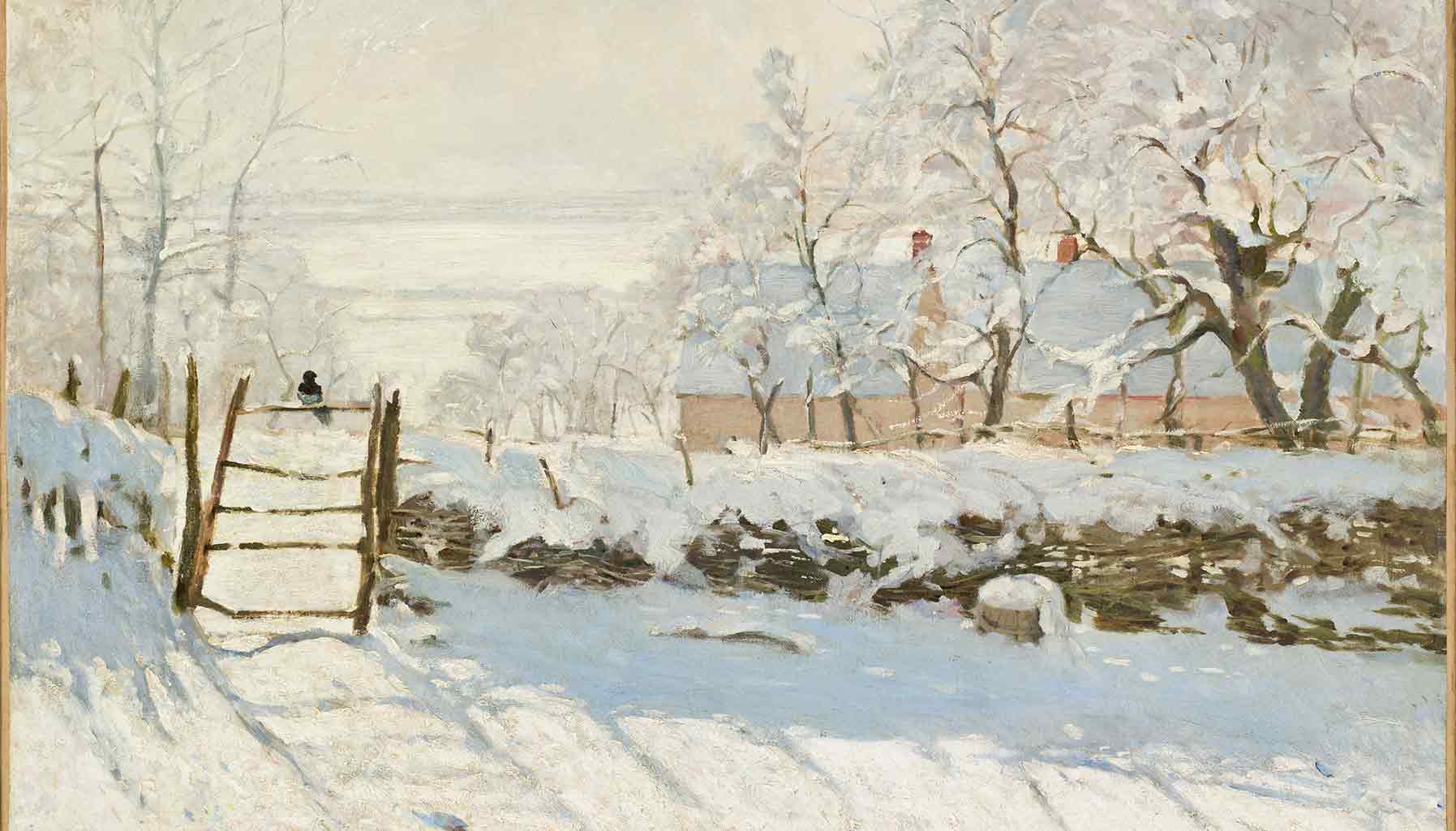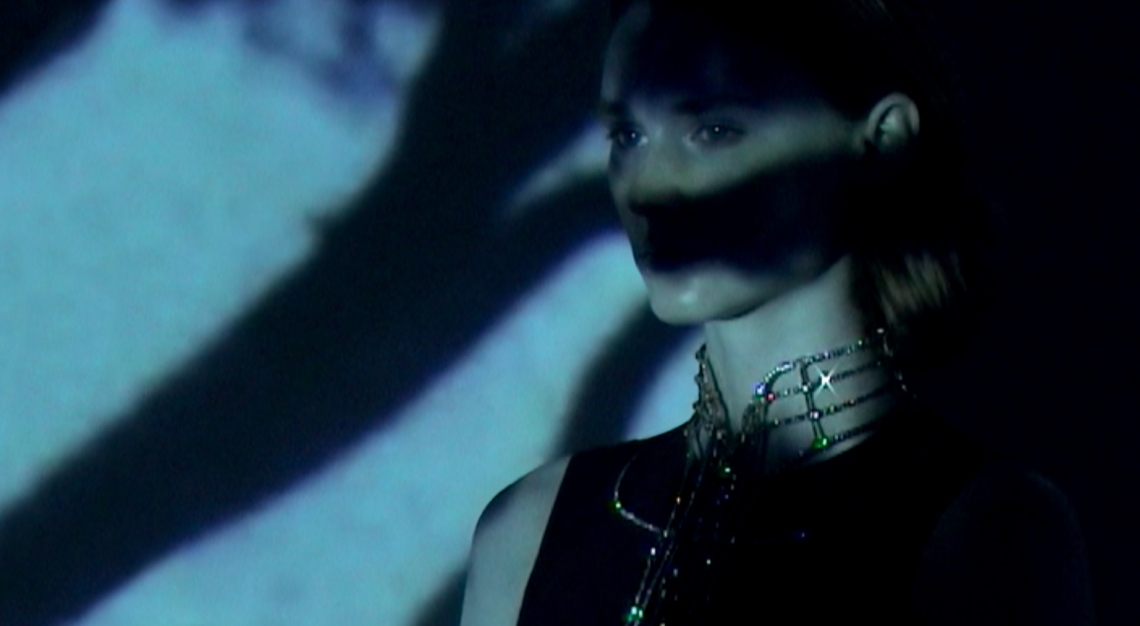Meet the duo saving the artisanal technique of traditional indigo dyeing from drowning in the trenches of technological advancements
The Egyptians used it to line mummy bandages around 2400 BC, and it’s seen on a robe found in Thebes in 3000 BC. In Japan, the samurais wore it beneath their armours to keep bacteria away from their wounds. Indigo’s mark on history is irrefutable; dubbed as ‘blue gold’ in ancient times, indigo was a symbol of wealth, status and honour, and a luxury only few could afford. And while the demand for the natural dye has dwindled over the centuries, the artisanal technique is still deeply entrenched in certain cultures.
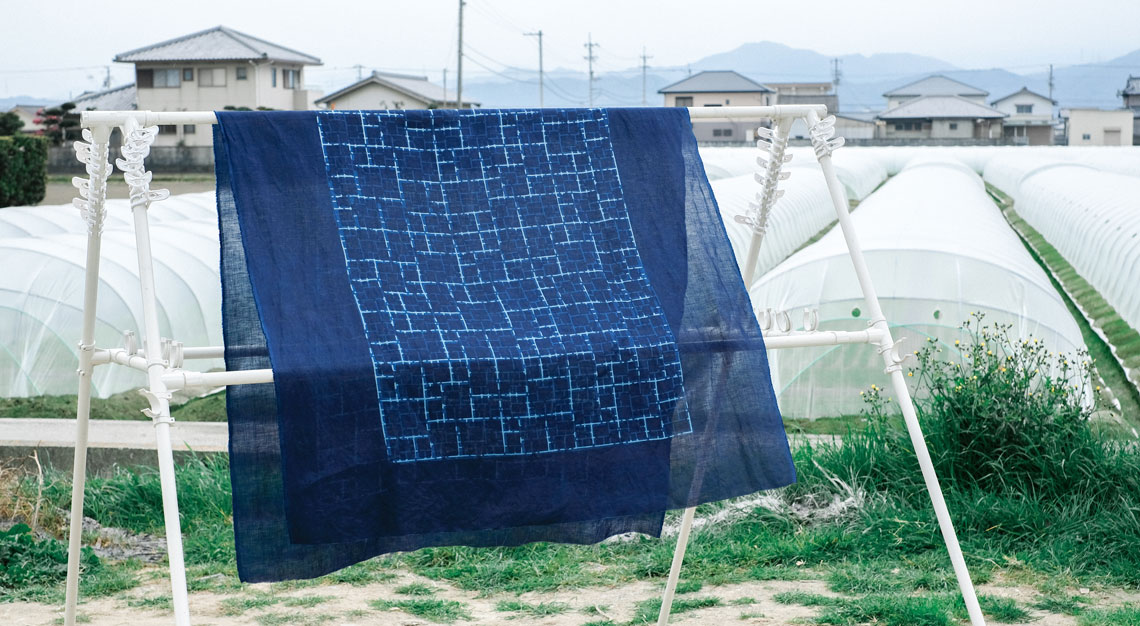
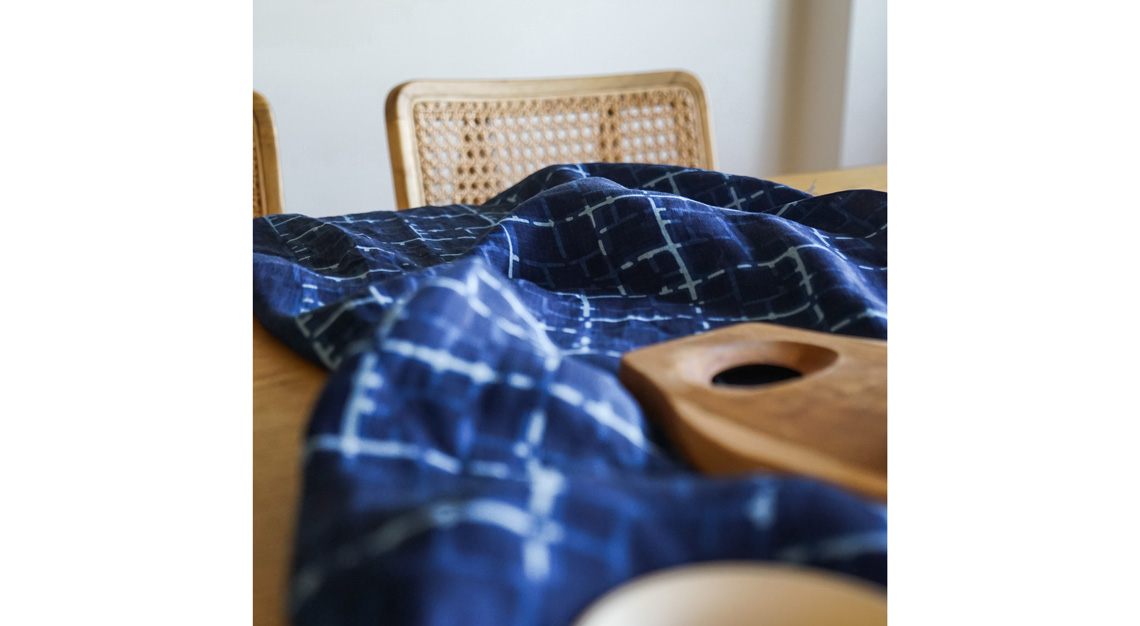
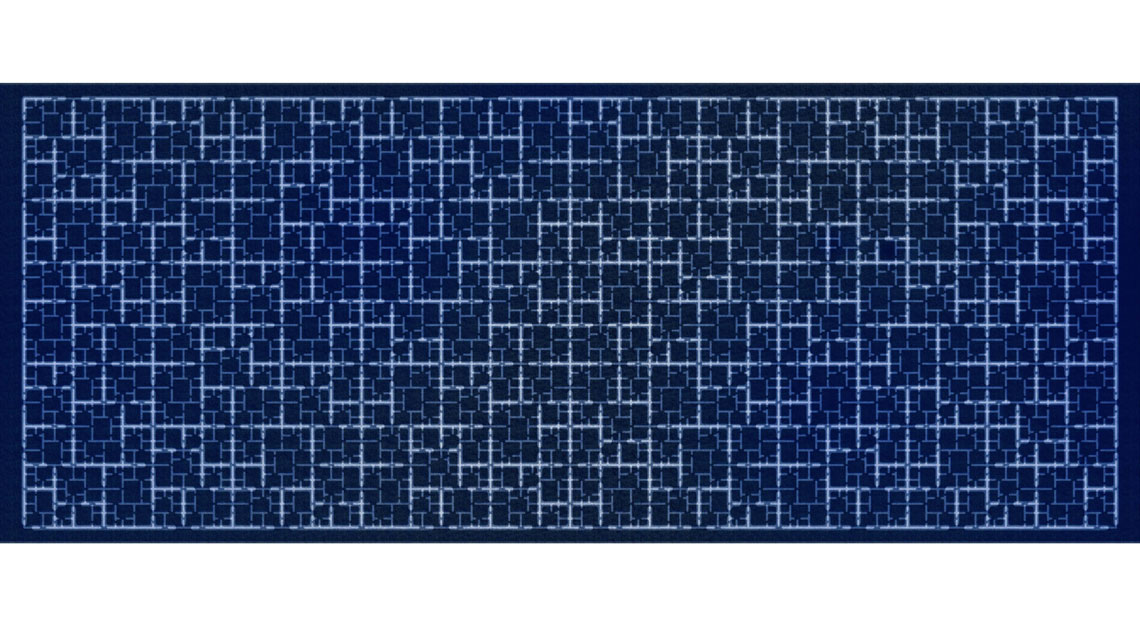
Indigo is extracted from Polygonum tinctorium Aiton, a plant that produces a pigment similar to the one used by the Romans for their royal purple robes – except that the Romans extracted these pigments only from sea snails. And while snails, thankfully, have no longer become victims of artisanal pursuits due to advancements in technology, the value of indigo has been diluted over the centuries. As fast-moving machines take over human roles, indigo-dyed textiles are now a dime a dozen. However, few go through the hands of true masters who are dedicated to perfecting each and every step of the artisanal process – from growing and harvesting plants indigo plants to fermenting, a method that adheres the dye to a fabric.
One artist who’s working hard to save the ancient art from drowning in the trenches of technology is Richard Hassell. An Australian-born architect who has lived in Singapore since 1989, Hassell joins the force driven to revive the age-old technique of indigo dyeing through The Masters Series, a curatorial platform that convenes craftsmen and designers alike to create a series of creative lifestyle objects and experiences.
Hassell, however, isn’t alone in this quest. In this series, with the support of Singapore-based, multidisciplinary lifestyle agency State Creative, Hassell joins hands with Japan-based dyehouse, Watanabe’s, to create Deep Blue, an organic, multi-functional linen piece that embodies the traditional art of indigo dyeing.
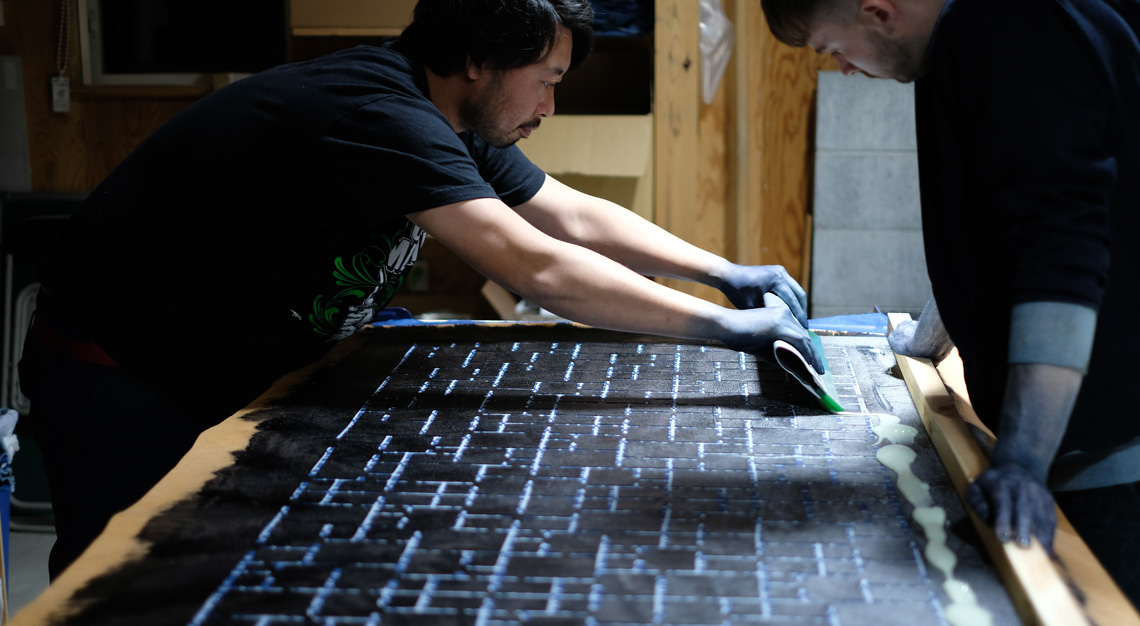
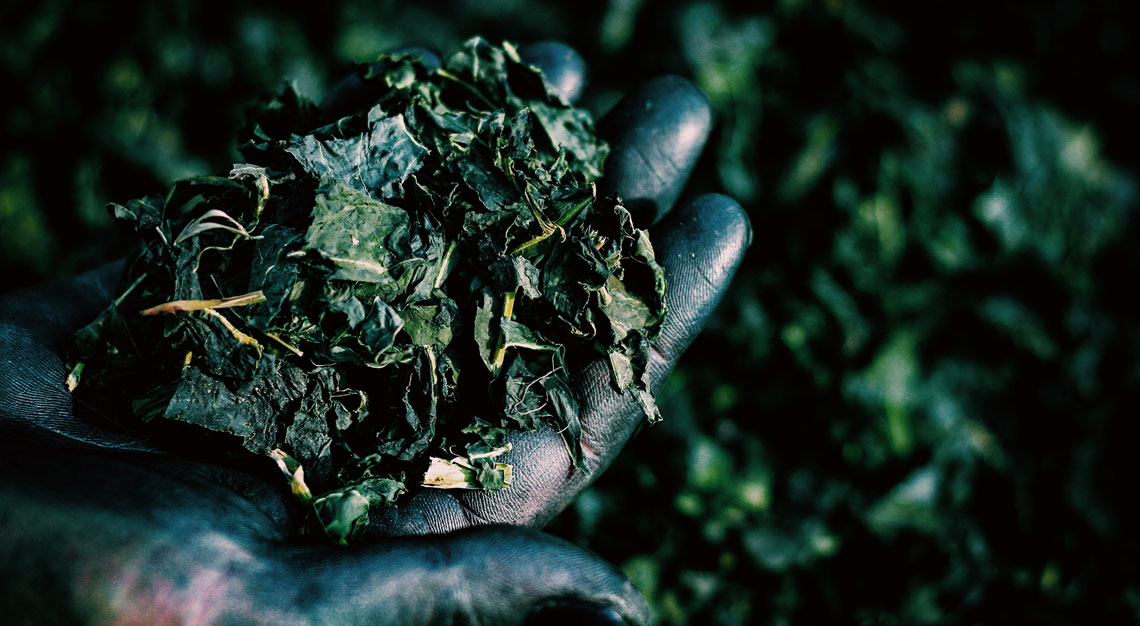
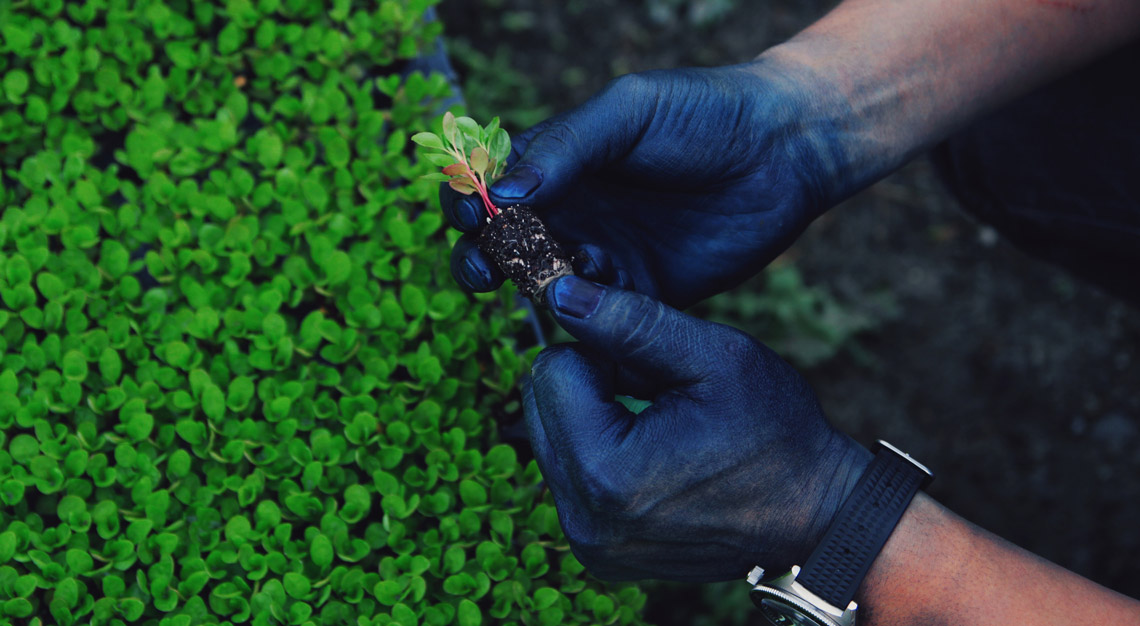
The prints on Deep Blue, by Richard Hassell were designed to create the illusion of layering, through a highly meticulous technique of masking. Rice paste, in one of the final steps, is used by hand to mask the fabric in order to prevent it from being soaked by the dye, giving it a neat finish.
Hassell recognises that unlike dyed fabrics which are industrially produced and appear identical, no two handmade textiles are the same, rendering them ‘imperfect’. But, he says, it’s the imperfections that should be celebrated. “We are now swamped in simulations that create the effect of reality,” he says, “which gives us everything, but makes everything unbearably light and easy. I wish to communicate the difficulty of this handmade object and the fact that it requires many steps that take time.”
All images courtesy of Watanabe’s

